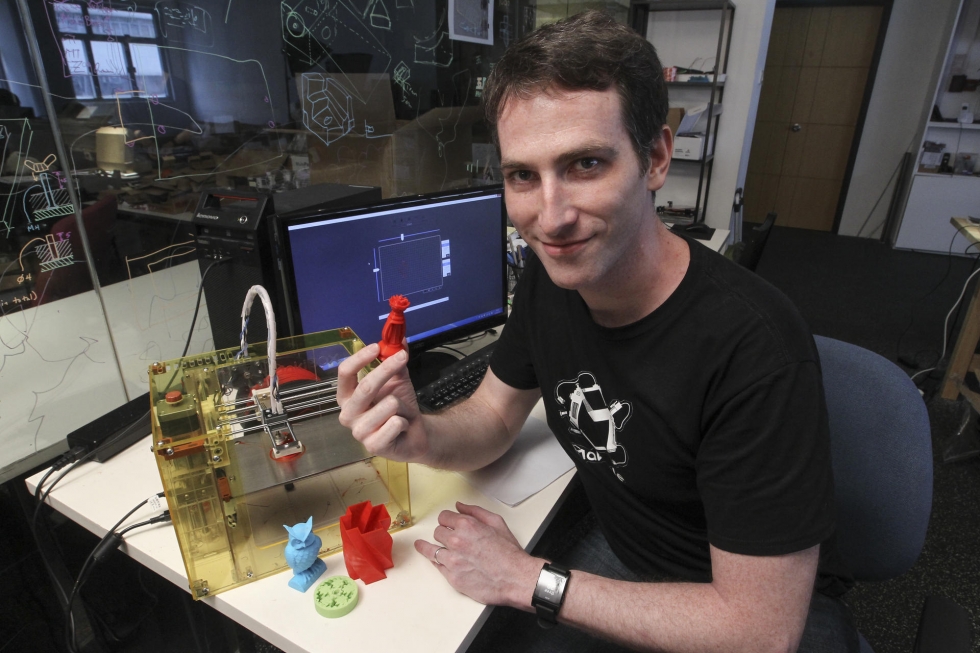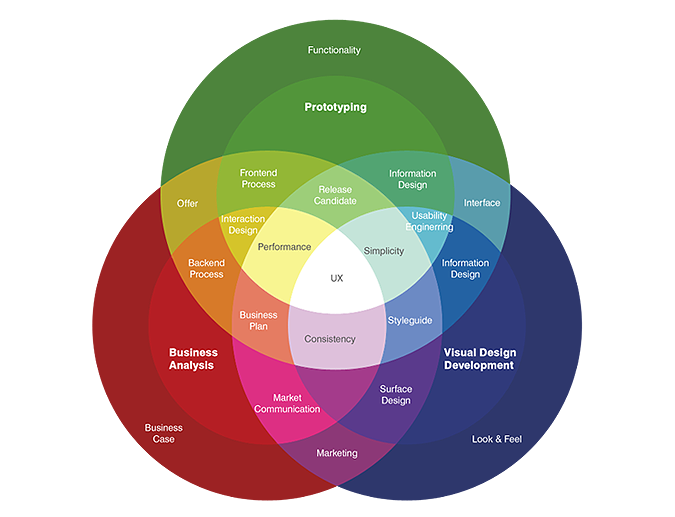
StartupsHK and StartWareHK co-founder Jon Buford, the creative vision behind Makible provides this guest post that leads to next week’s very first start-up hardware meet-up in Hong Kong.
Over the past decade, much has changed in the way that products are brought to market. It used to be the only way to connect with customers was to convince a retail shop to carry your product and then split the profits with 25% of the retail price going to the company that developed the product and 50% going to the retailer. Things have changed with the popularity of crowdfunding websites making that equation closer to 50% of a product price being kept by the developer. But, with that increase in profit usually comes a decrease in volume, which makes it difficult to figure out how to manufacture some products profitably.
Directly connecting with your customers has its advantages of having a much clearer picture of who your customer is, but it also comes with the burden of having to both support your product and manage an active and connected community. For a small startup, this can be not only a full time job, but several full time jobs. There is almost always a point in a project that has been crowd funded where something critical goes not according to plan and that close connection to the community results in some backlash that is overwhelming to the team. It takes everything you have to just keep that dialog open and to get past the trouble.




